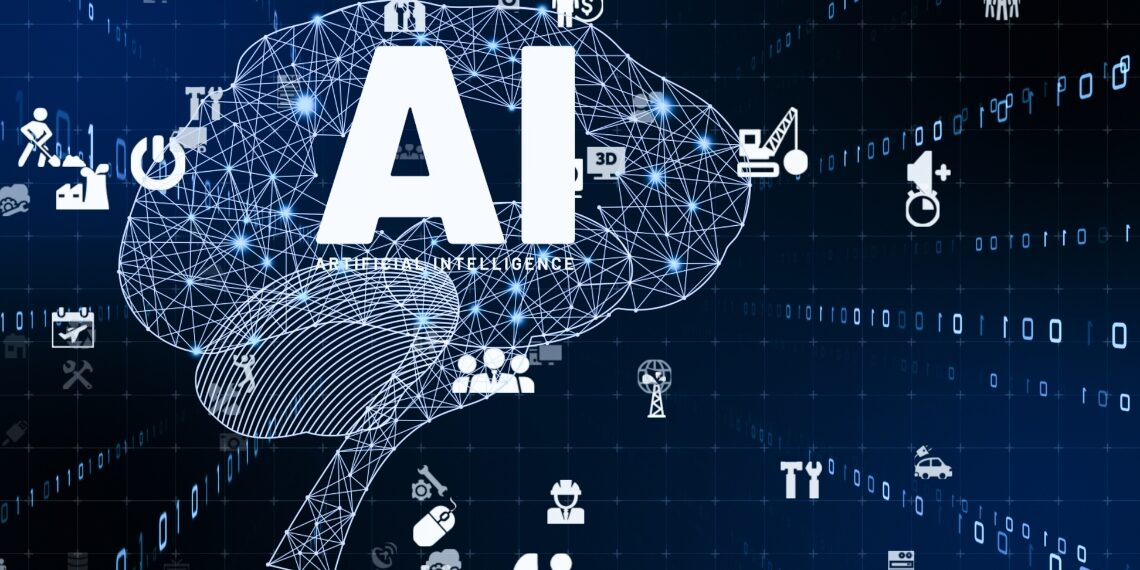Just a few years ago, the creative industry was centered around human vision, intuition, and long hours of iteration. Today, generative AI tools like Midjourney, DALL·E, Runway, and ChatGPT are not just supporting creatives — they are collaborating with them.
A New Era of Creative Expression
From ad campaigns to architecture, AI is making its way into every creative touchpoint. Brands like Coca-Cola, Heinz, and Nike have experimented with AI-driven visual content. Fashion brands are using generative AI to create runway previews and textile concepts. Even Hollywood is investing in AI-powered VFX workflows.
According to McKinsey’s latest 2024 creative economy report:
“Generative AI could contribute up to $4.4 trillion annually to the global economy — with marketing, design, and content among the highest impacted sectors.”
Democratizing Design
Tools like Canva’s AI Magic Studio and Adobe Firefly are empowering small businesses and solopreneurs to produce high-quality branding without expensive agencies. What once took a team of five can now be done by one — faster and often with more creative exploration.
Freelancers, marketers, and startups are now equipped to compete on a global scale — not by replacing creativity, but amplifying it.
Ethical Concerns and Opportunities
The rise of AI also brings questions of originality, copyright, and artistic integrity. Can AI-generated work win awards? Should AI co-creators be credited? Governments and creators are wrestling with these questions in real time.
Yet, those who learn to collaborate with AI — not compete with it — are finding new frontiers of innovation.
Key Takeaway:
Generative AI isn’t replacing creativity — it’s redefining it. The future of storytelling, branding, and design will belong to those who embrace the human-AI partnership with curiosity and responsibility.







